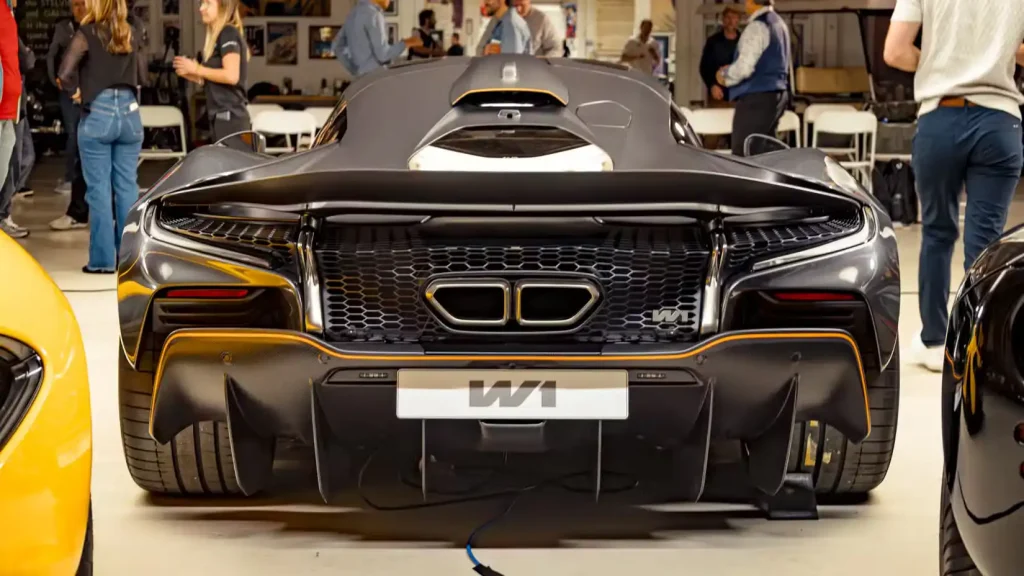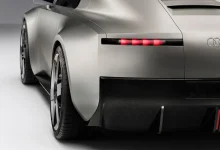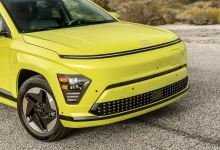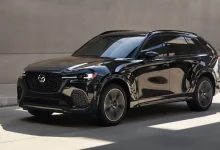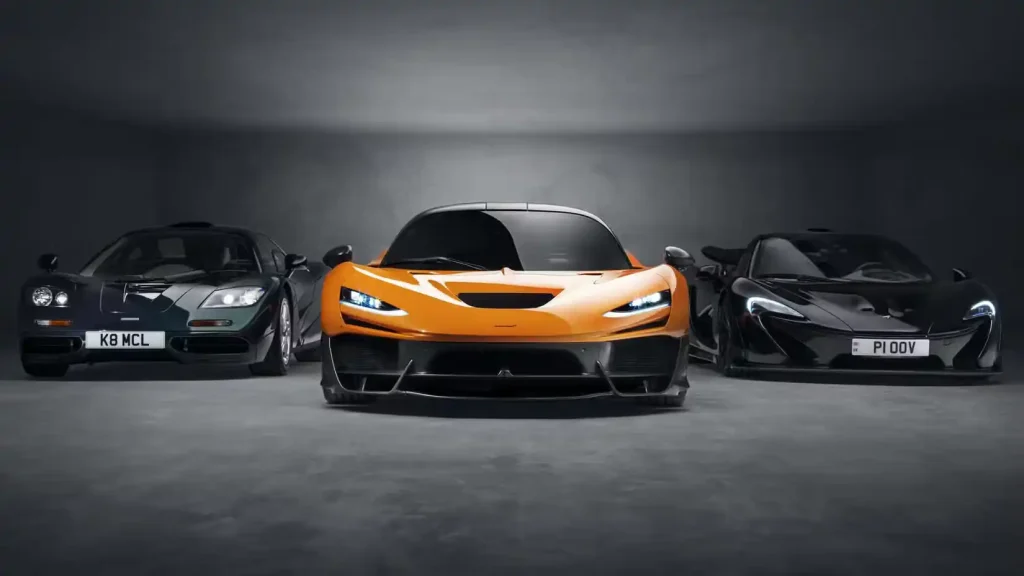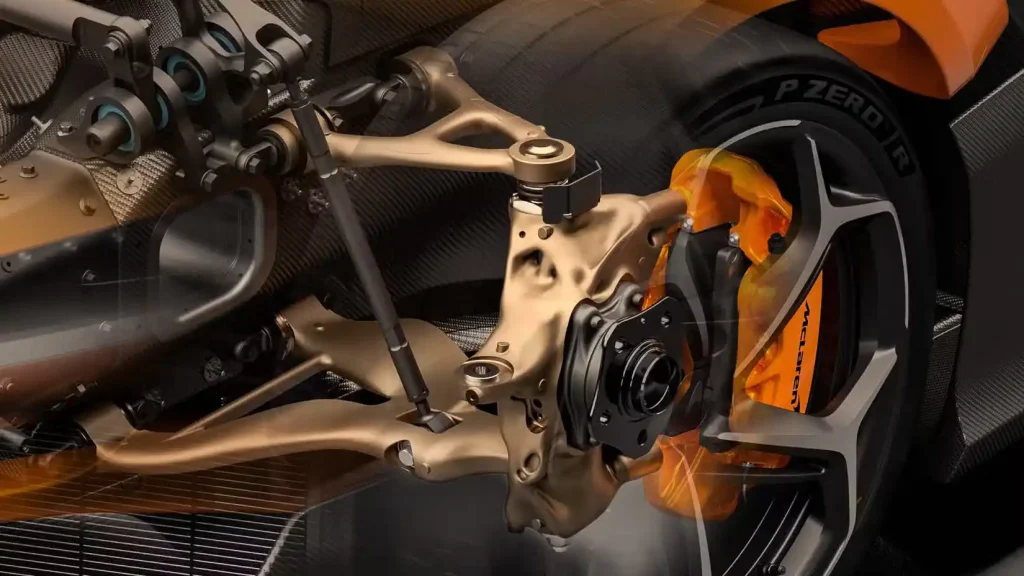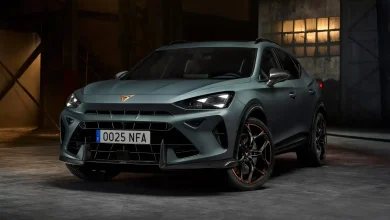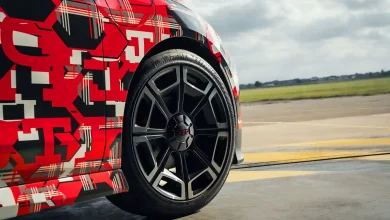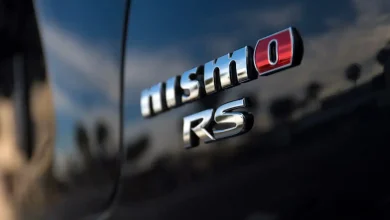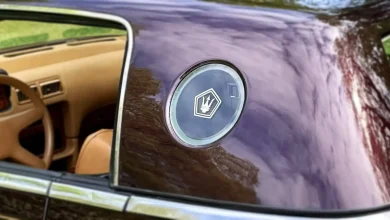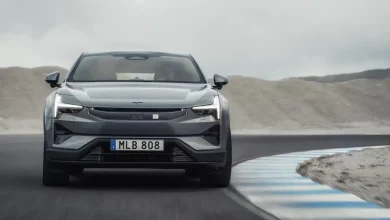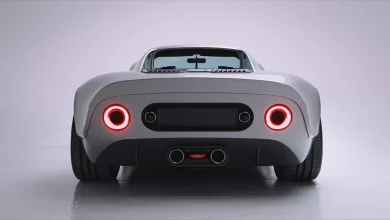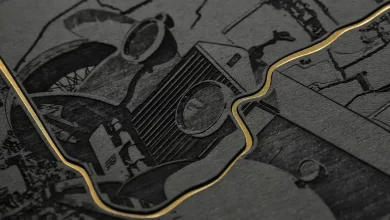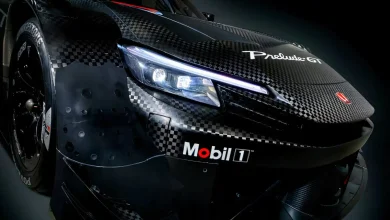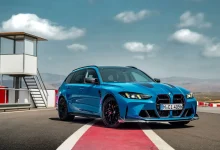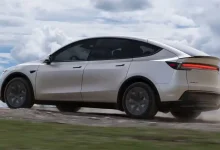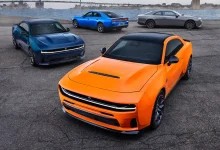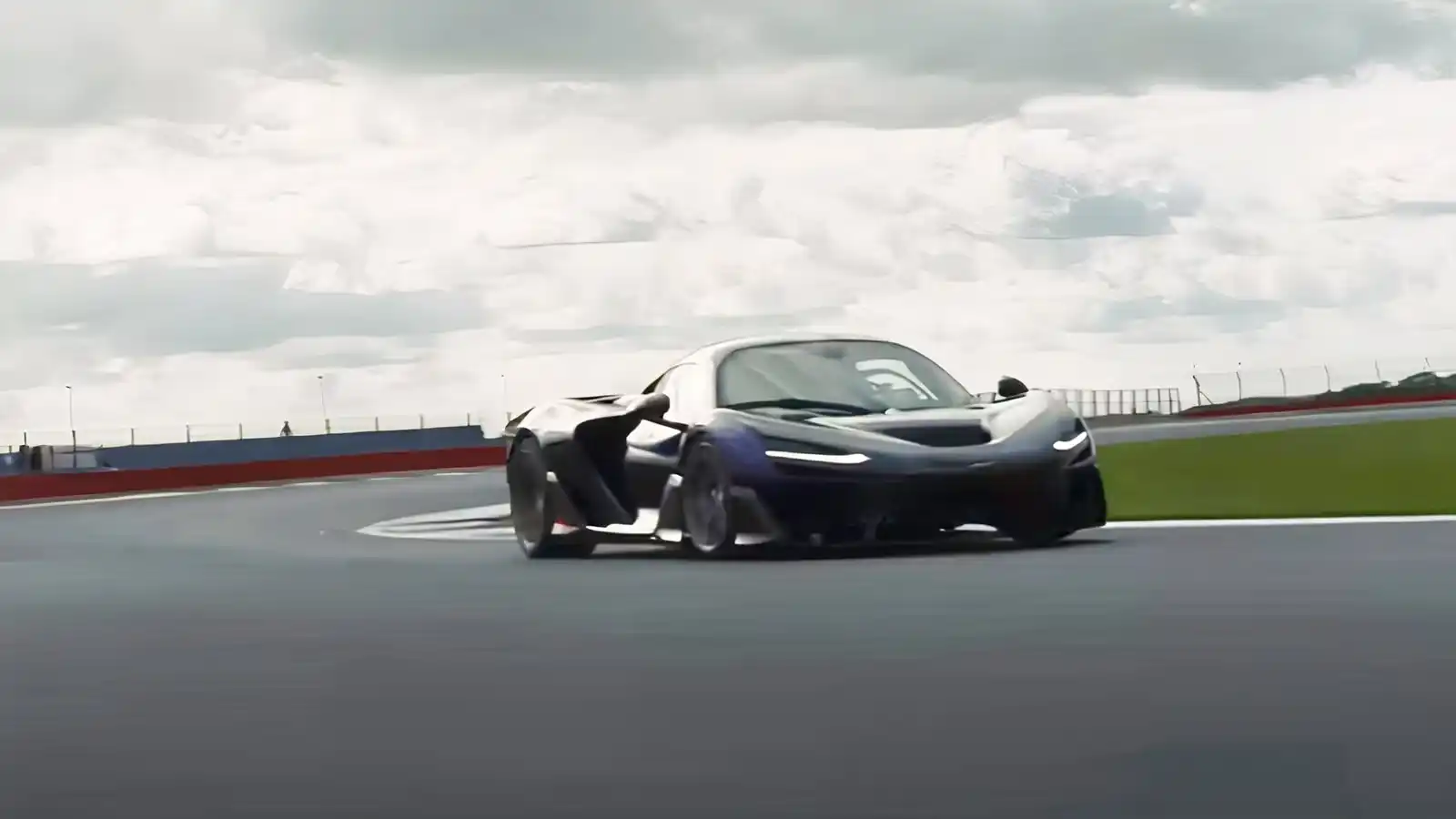
A year has passed since McLaren introduced the W1 as the heir to legendary hypercars like the F1 and P1, and until now, updates on the latest flagship have been scarce. That changed this week with the release of an exhilarating video showing the hypercar tearing around Silverstone, the iconic venue of the British Grand Prix.
No new performance figures have been released for the W1—not even a lap time. For context, Aston Martin’s Valkyrie currently holds the production car record at Silverstone with a 1:56.42. However, the video does give us a glimpse of the W1 in an eye-catching new livery, along with a fresh wheel design that seems inspired by Volkswagen‘s Queenstown style, seen on the high-performance Golf models.
McLaren says the video shows the W1 during dynamic testing, likely among the final trials before production begins next year. Only 399 units will be built, and all spots have already been claimed—despite a starting price of $2.1 million, roughly $1 million more than the original P1.
Joining an Elite Hypercar Club
The W1, following McLaren F1 and P1 naming tradition, takes its “W” from the brand’s World Championship-winning ethos. It’s built to compete directly with the Ferrari F80 and other extreme performance machines such as the Koenigsegg Sadair’s Spear and Zenvo Aurora. Porsche had once considered introducing an electric hypercar to create a new “hypercar holy trinity” alongside the W1 and F80, previewed by the Mission X concept in 2023, but the company’s evolving focus on electric mobility has likely shelved that plan.
Powering the McLaren W1 is a plug-in hybrid system reminiscent of the P1, but cranked up to extreme levels. At its heart sits a newly developed twin-turbo 4.0-liter V-8 with a flat-plane crank and a 9,200-rpm redline, producing 916 horsepower on its own. When paired with a compact electric motor, the combined output skyrockets to 1,258 hp, with peak torque reaching an astonishing 988 lb-ft—all sent exclusively to the rear wheels.
The electric motor is powered by a 1.384-kWh battery mounted in the car’s floor, helping to lower the center of gravity. Its compact size keeps weight down, but the trade-off is a very limited electric range of just 1.6 miles.
McLaren claims the W1 can sprint from 0 to 60 mph in just 2.7 seconds, with a top speed limited to 217 mph. Even more astonishing is its reported 0 to 124 mph acceleration, achieved in a mere 5.8 seconds.
W1’s American Connection
One area where the McLaren W1 sets itself apart is its use of 3D printing to produce lightweight yet robust suspension components—though Ferrari employs similar technology on the F80. Interestingly, both automakers rely on the same supplier: Divergent Technologies, a U.S.-based company specializing in additive manufacturing for complex components across multiple industries. The firm’s founder, Kevin Czinger, is also behind the Czinger hypercar brand, which heavily integrates 3D-printed parts in its vehicles.
